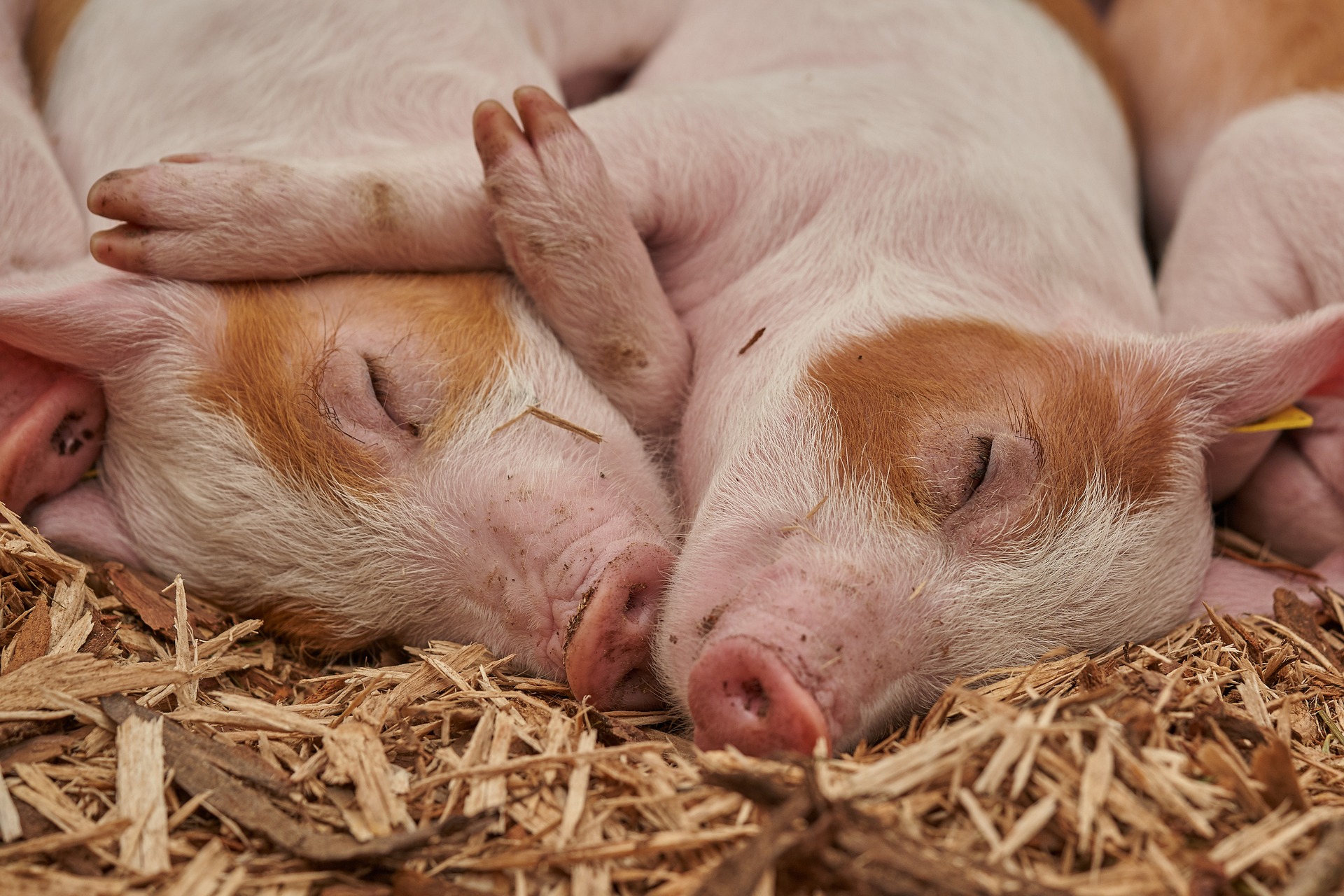Choosing Dog Beds for Comfort and Support
A well-chosen dog bed can improve a dog’s daily comfort, quality of sleep, and joint health. For owners of older dogs or large breed pets, the right materials and construction matter: durable foam, adequate size, and a supportive shape help animals rest without pressure points. This article explains options and practical tips to select a bed that balances support, durability, and cozy comfort.
What is an orthopedic bed?
An orthopedic bed is designed to reduce pressure on joints and distribute weight evenly, often using memory foam or layered supportive foams. These beds aim to relieve discomfort associated with arthritis, hip dysplasia, and age-related stiffness in dogs. Look for dense, high-quality foam (not thin or flattened padding) and a cover that allows easy cleaning. Orthopedic beds are not medical devices but can be a helpful element of overall comfort and mobility support.
Which options suit a large breed?
Large breed dogs need beds that offer both surface area and structural support. Choose a bed with dimensions that allow full extension and a foam thickness of at least 3–4 inches for basic support, or 5–7 inches for heavier animals. Bolstered edges can provide neck support, while flat orthopedic designs give even pressure distribution for hips and shoulders. Consider materials rated for durability and chewing resistance if your dog is active or prone to wear.
How do beds provide support?
Support comes from material density, core design, and overall construction. Memory foam molds to the body and helps relieve pressure points, while high-resilience foam returns shape and withstands heavier weights. Layered designs often combine a firmer base with a softer top layer for balance. A non-slip base and reinforced seams help maintain the bed’s shape and function over time. Proper support reduces the need for a dog to shift frequently and can improve quality of rest.
How to promote better rest for your dog
Placement and routine are as important as the bed itself. Situate the bed in a quiet, draft-free area with consistent temperature and low foot traffic to encourage uninterrupted sleep. For dogs with anxiety, an enclosed or bolstered bed can provide a sense of security. Keep bedding clean by using removable, washable covers and rotating the bed if it has layered inserts. Regular veterinary checks help identify underlying causes of sleep disruption, such as pain or medical conditions.
How to make a bed cozy and long-lasting
A cozy dog bed combines tactile comfort with practical features. Use a soft, breathable cover fabric like microfleece or cotton blends that’s comfortable against the skin and machine-washable. Add a removable blanket or washable topper for extra cushioning. For long-lasting use, choose stitched seams, quality zippers, and a cover with adequate thickness to withstand laundering. For dogs that shed or have accidents, consider water-resistant liners beneath the outer cover to protect the foam core.
The following comparison highlights several commonly available orthopedic-style dog beds and their typical features and price ranges. Consider your dog’s size, sleep habits, and any health needs when evaluating options.
| Product/Service Name | Provider | Key Features | Cost Estimation (if applicable) |
|---|---|---|---|
| Original Big Barker (orthopedic) | Big Barker | Designed for large breeds; 7-inch therapeutic foam; guaranteed to resist flattening | $200–$400 (size-dependent) |
| Ultimate Pet Bed (memory foam) | PetFusion | Solid memory foam core; water-resistant liner; bolstered edges | $90–$200 |
| Dog Bed (memory foam) | Casper | Zoned support foam; removable cover; multiple sizes | $120–$200 |
| Orthopedic Memory Foam Bed | KOPEKS | Thick memory foam; washable cover; non-slip base | $80–$200 |
| Orthopedic Dog Bed with Bolster | BarksBar | Egg-crate memory foam layer; cotton-padded bolster; machine-washable cover | $50–$120 |
Prices, rates, or cost estimates mentioned in this article are based on the latest available information but may change over time. Independent research is advised before making financial decisions.
Conclusion
Selecting the right dog bed involves balancing size, supportive materials, and durable construction with your pet’s specific needs. Orthopedic designs with dense foam cores typically offer better pressure relief for large breed and senior dogs, while washable, breathable covers and thoughtful placement promote cleaner, more restful sleep. Matching bed choice to your dog’s weight, sleep posture, and health profile will help ensure comfortable, restorative rest.







